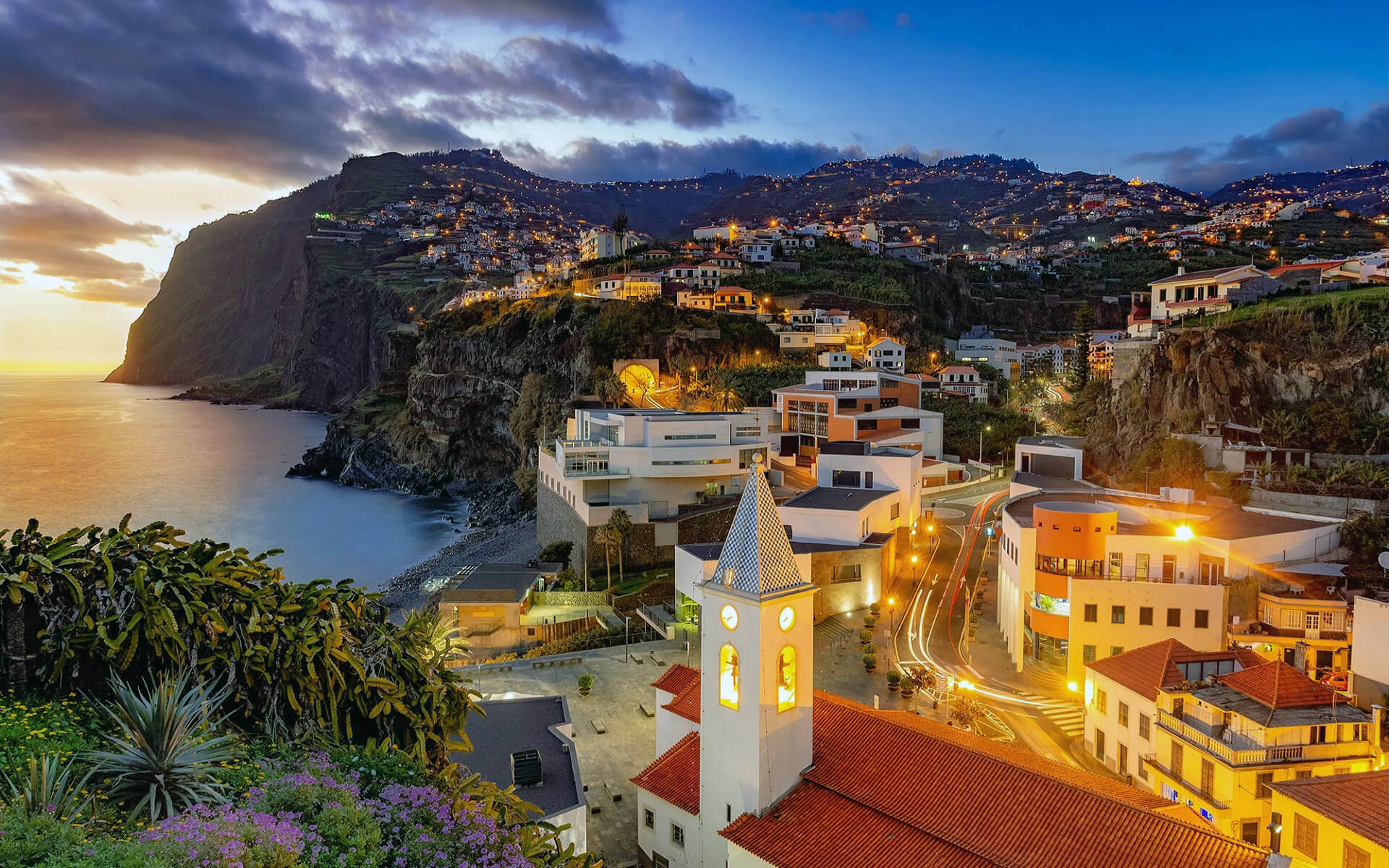Marbella is one of the most well-known tourist destinations in the Mediterranean and a popular destination for visitors. What was once a little white fishing town is today one of the most cosmopolitan beach resorts on Spain’s Costa del Sol.
Tourists from Northern Europe (particularly the United Kingdom, Ireland, and Germany) as well as Saudi Arabia and the United Arab Emirates flock to the city. Marbella is known for the presence of nobles, celebrities, and affluent individuals; it is a favorite destination for luxury boats and, increasingly, cruise ships that land in its harbor.
Golfers and boaters frequent the region, and there are several private estates and luxury hotels nearby, notably the Marbella Club Hotel. The Andalucia Tennis Experience, a WTA tennis event on red clay, is held in Marbella.
Marbella’s primary attractions are its beaches with beautiful sand and the Mediterranean with its clear water. A wide range of activities, both on land and at sea, as well as shopping, dining, and nightlife, are offered.
The city itself has a lengthy history, having been founded in the 7th century BC by the Phoenicians. Later came the Romans and Moors, who put their mark on the city. The Moors named the city Marbil-la, which was most likely derived from an older Iberian name. Much of the existing old town stems from the 15th and 16th centuries, when Marbella re-joined Spain. Later, the city became a hub for the iron mining industry.
Some of the earliest hotels were constructed in the 1920s, but the Spanish Civil War halted expansion. Following WWII, Marbella became a favorite vacation for Europe’s wealthy and famous. Soon after, the rich beach neighborhood of Puerto Bans (which has its own page) sprung developed around 7 kilometers west of Marbella. Eventually, the city became a haven for “royals” of organized crime and, in their wake, minor criminals and drug addicts, earning Marbella a negative image in the early 1990s. Nowadays, however, the city is clean and secure, and it has the top living quality in all of Andalusia, according to a 2008 research. The city is also teeming with local and foreign tourists, the most of which are from the British Isles.
Beaches
The 27 kilometers (17 miles) of coastline within Marbella’s borders is separated into twenty-four beaches with varying characteristics; nevertheless, owing to the municipality’s development, they are all now semi-urban. They often feature moderate surf, golden or black sand of varying textures ranging from fine to medium to coarse, and occasional gravel. During the summer months, when visitor arrivals are at their peak, the occupancy rate is often high to medium. Among the prominent beaches are Artola beach, which is located in the protected area of the Dunas de Artola, and Cabopino, one of Marbella’s few nudist beaches, which is located near the port of Cabopino. The beaches of Venus and La Fontanilla are centrally placed and quite popular, while those of Puerto Bans and San Pedro Alcántara have received the Foundation for Environmental Education’s blue flag for meeting its requirements for water quality, safety, general services, and environmental management.
Tourist information may be found in Plaza de los Naranjos (at the corner of the municipal hall) and Paseo Maritmo.


